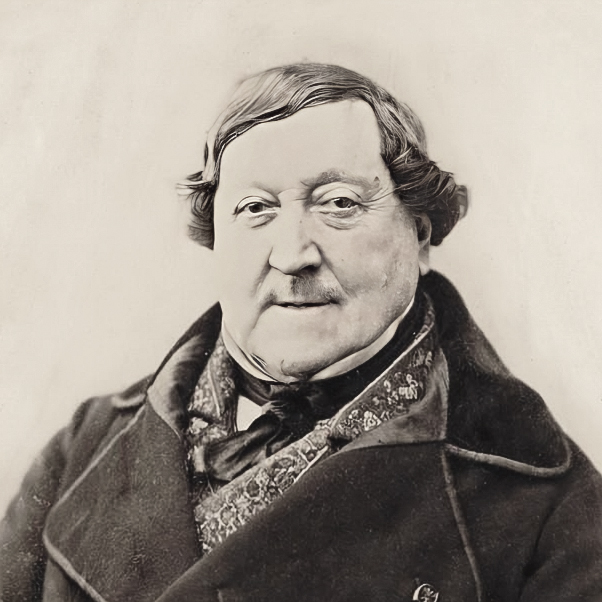Vi sono stati nobili, statisti, generali, artisti di teatro e musicisti ma anche cantanti, favorite o semplicemente belle donne accondiscendenti, i cui nomi legati a certe preparazioni culinarie, sono sopravvissuti nei secoli tanto da comparire, ancor oggi, nella carte di ristoranti di un certo livello dove ancora si osservano i principi della grande cucina classica.
Vi chiederete come era possibile farsi dedicare un piatto. Prima di tutto era condizione basilare avere al proprio servizio un cuoco di grande talento e di alto prestigio oppure frequentare quei ristoranti, soprattutto parigini e di grande nome; in entrambi i casi, talvolta per piaggeria, piaceva al cuoco dedicare al padrone o al cliente prestigioso una sua ricetta che aveva ottenuto grande successo.
Questa pratica, già in voga nel ‘700, divenne indispensabile quando il servizio in tavola “alla francese” fu sostituito da quello detto “ alla russa”, cioè con piatti portati uno dopo l’altro e non tutti contemporaneamente.
Con il servizio “ alla russa” si diffuse la necessità di porgere al cliente la lista ( carte) dei piatti affinché costui potesse riconoscere subito le pietanze di suo gradimento.
Si notò così come il commensale fosse maggiormente attratto dai piatti dedicati a personaggi noti e famosi, piuttosto che da quelli che venivano indicati in base alla loro preparazione, spesso ripetitiva, del tipo “ alla mugnaia, all’inglese, alla marinara ecc.” Escoffier suggeriva come le ricette con nomi troppo complicati o sconosciuti o bizzarri non ottenessero successo presso la clientela, mentre i piatti che evocavano personaggi come Napoleone, Rossini, la Bella Otero, la Maintenon o la Du Barry erano i più ricercati ed addirittura i più apprezzati.
Oggi questa moda di dedicare le ricette a personaggi famosi è quasi del tutto scomparsa con l’adozione da parte dei cuochi e dei ristoratori delle regole della nouvelle cuisine e della cucina creativa, infatti nel titolo delle ricette sono solitamente inseriti gli ingredienti principali; usanza che permette al commensale di conoscere, già nella lettura della carta, le proposte più allettanti e più confacenti al proprio palato.

Gioachino Rossini: “sinfonie del gusto”
Nel centocinquantenario della morte di questo illustre musicista voglio ricordare la sua vita trascorsa in modo intensamente corporeo; infatti il compositore italiano partecipava ai piaceri della carne senza disgusto o colpevolezza e la sua sensualità non gli causava alcuna remora di tipo morale: solo infondeva in lui un prorompente desiderio di comporre musica.
La musica di Rossini esprime gioia, soddisfazione e non aveva bisogno della sua attenzione per fiorire: era talmente attento a ciò che mangiava e così attaccato ai piatti della sua infanzia italiana , la regione Marche, che si faceva spedire per posta ovunque andasse la sua mortadella e la sua salsa preferita.
Parigi era comunque quasi sempre in grado di soddisfare le sue esigenze e i suoi capricci alimentari, tanto che durante il suo soggiorno in questa capitale, divenne amico del famosissimo cuoco Caréme.
Fu in questo periodo che vennero denominati con il suo cognome diverse piatti le cui caratteristiche
essenziali furono quelle di avere come ingredienti e guarnizioni paté di fois gras e tartufo nero di solito associati a demi-glace.
Le due preparazioni più note sono: Tournedos Rossini e uova in camicia alla Rossini.
Suggerisco la ricetta delle uova in camicia: “Preparate un uovo in camicia, deponete le fette di fois gras su piatti individuali caldi e deponetevi sopra l’uovo guarnendolo con fettine di tartufo, versate su ogni uovo un cucchiaio di demiglace al Madera e …buona degustazione !!
Eugenio Medagliani . Calderaio Umanista
